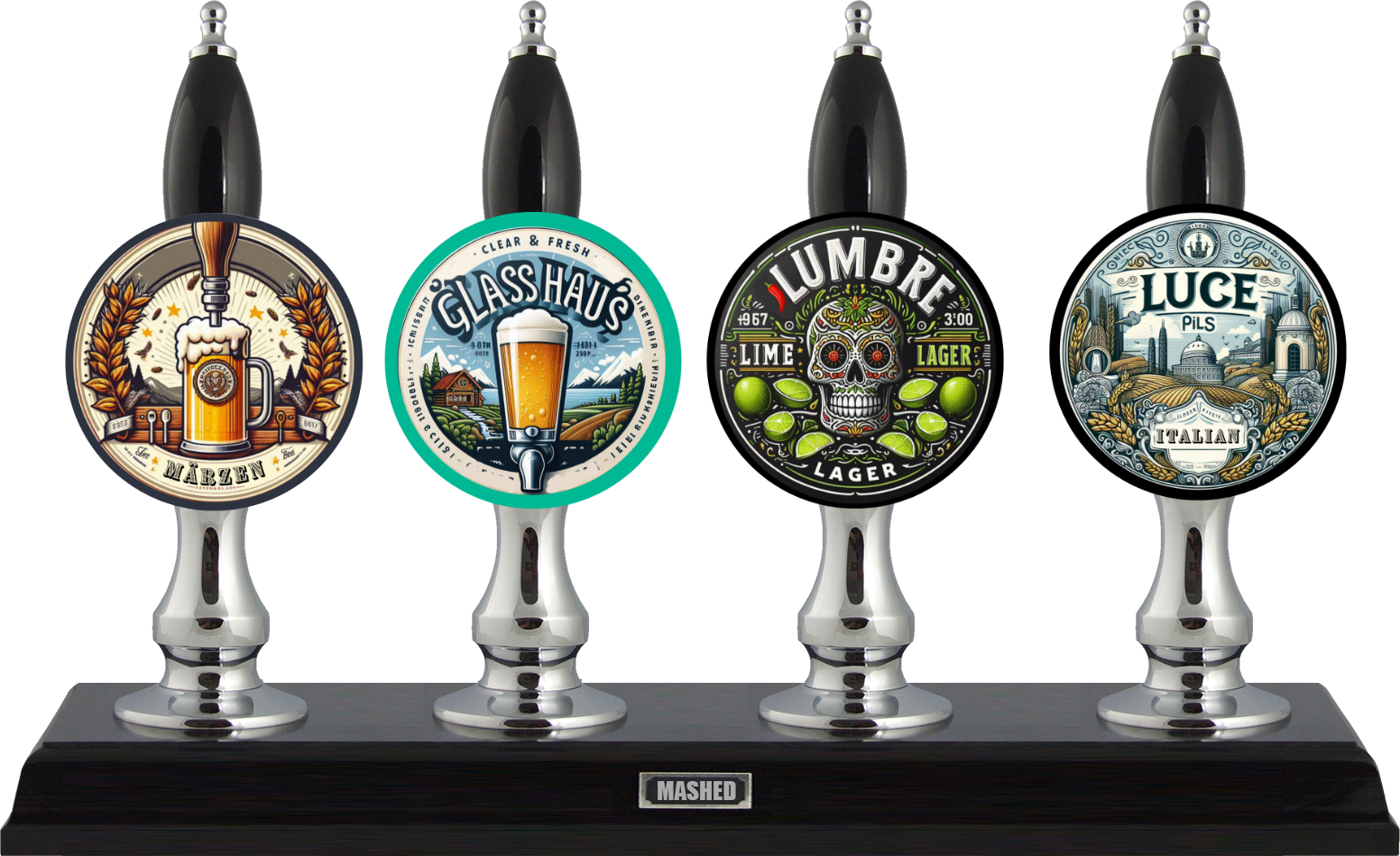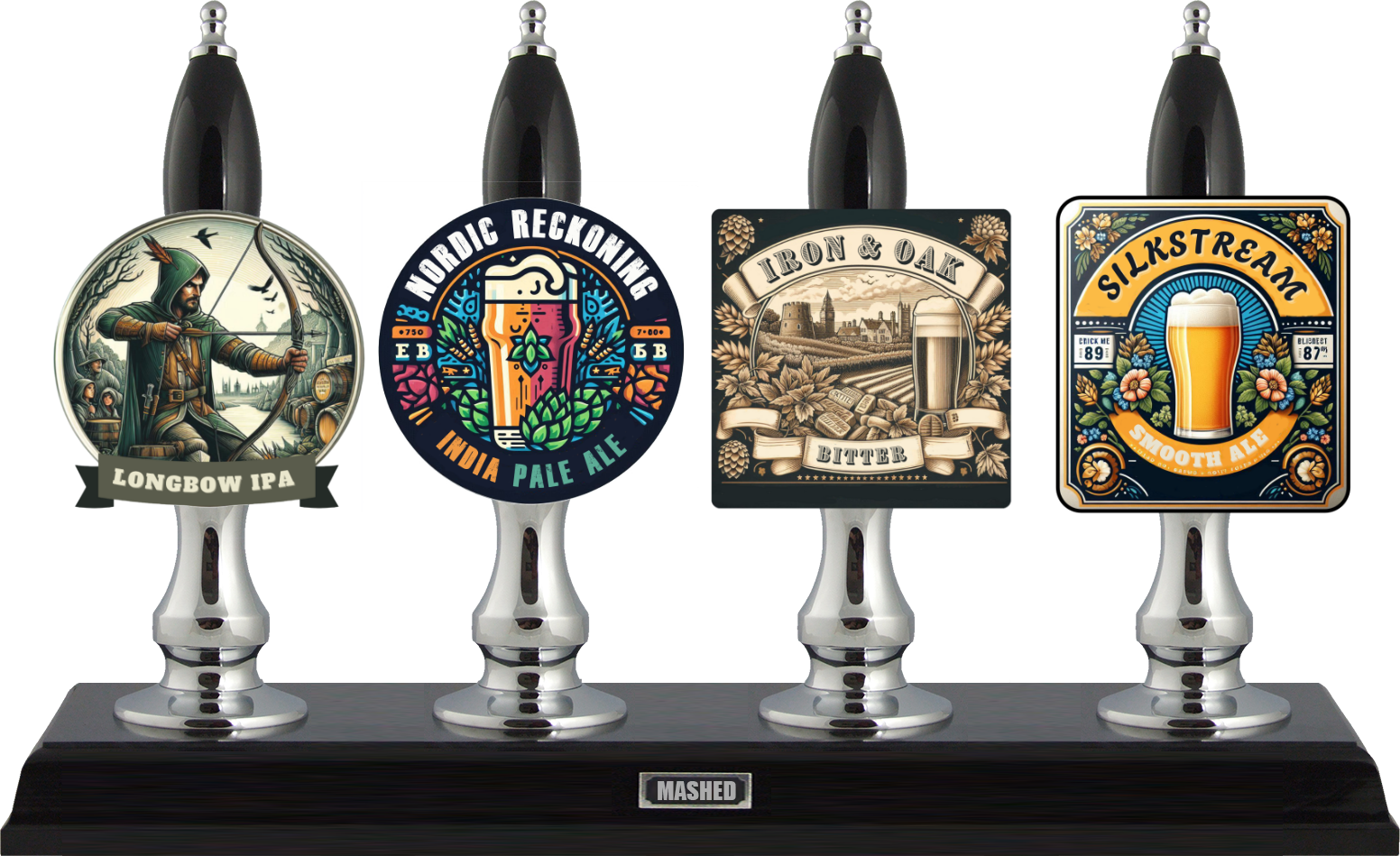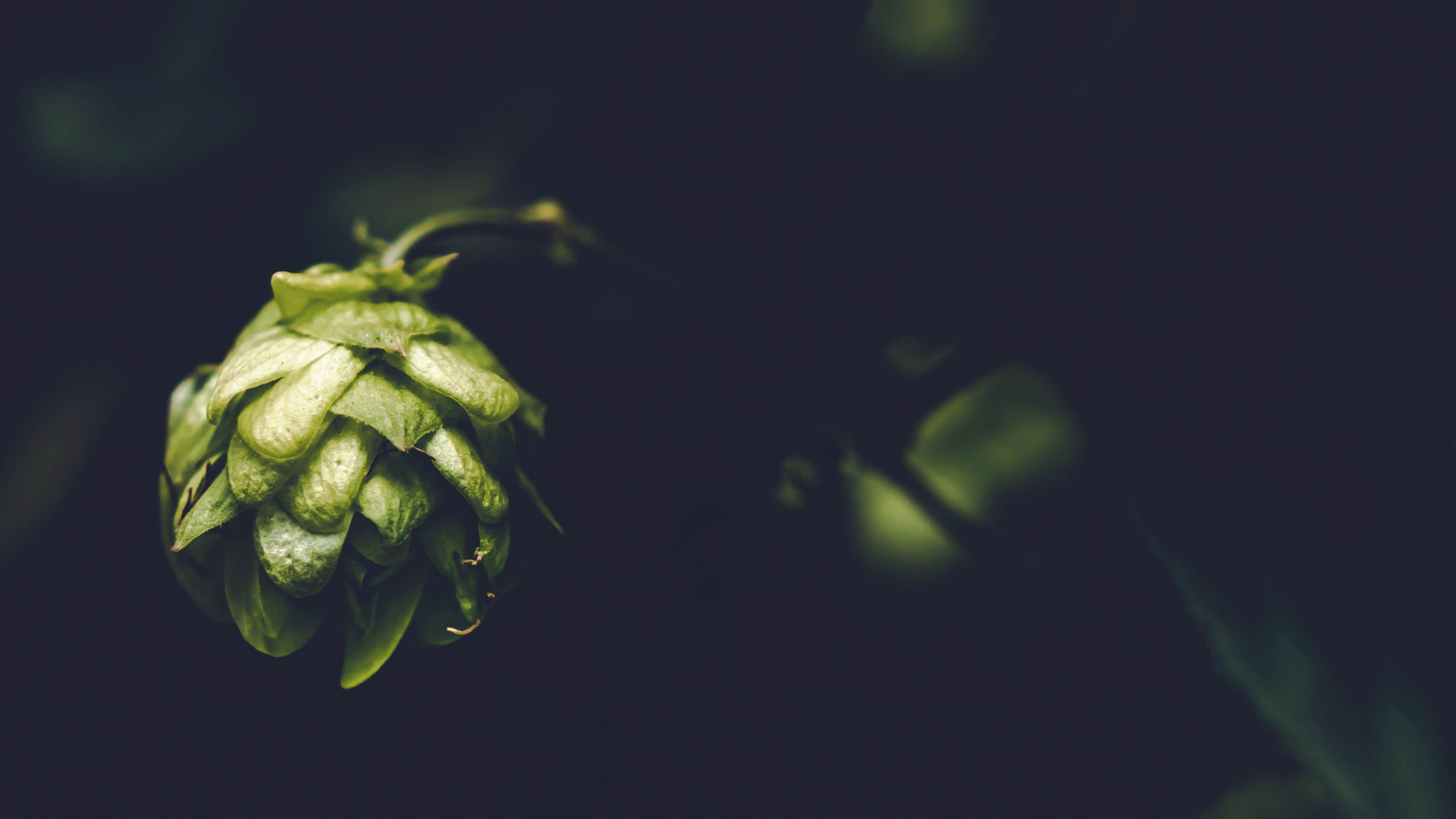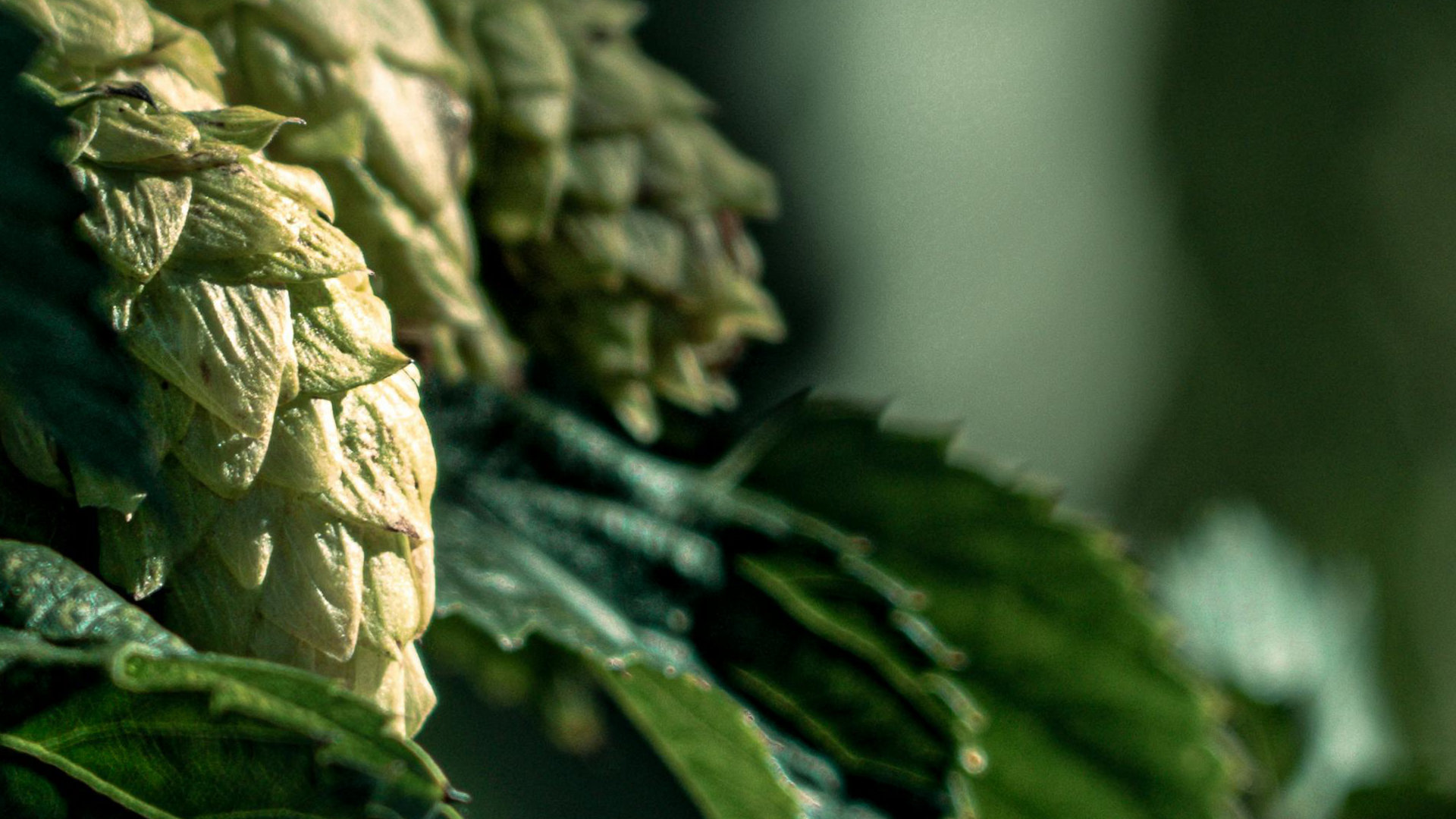We couldn’t bring you a Pilsner issue without briefly touching on decoction mashing. If you’ve read the interview with Geipel Brewery you’ll know that they are fans of this traditional method for their classic lagers.
Decoction mashing was traditionally used when malts were undermodified and temperatures could not be accurately measured. The multiple boils involved meant that brewers of yesteryear could extract more fermentable sugar from those under-optimised grains. Today, it is still used in many German and Bohemian styles and by commercial breweries because of those higher extraction rates and maximised malt flavours.
It’s a process that’s also accessible to homebrewers. Though not a vital part of homebrewing, it can bring you subtle improvements to your brews, giving you a more authentic Pilsner, for example. But because it is a more labour and time intensive process than single infusion mashing, and requires additional equipment, some homebrewers argue that the extra work isn’t worth the effort. But we’ll let you decide for yourself. If you’re up for trying something new to add to your homebrew experience, and hopefully produce even better brews, why not give it a go?
WHAT IS DECOCTION MASHING?
While infusion mashing simply involves adding hot water to your grains, in decoction mashing you remove a portion of the thick part of the mash (roughly one third, a water-to-grist ratio of 2-2.5 L/kg) from the bottom of your tun and boil it in a separate kettle before returning the decoction to the tun in order to raise the mash to the next temperature rest. The traditional method used a triple decoction schedule with three stages, but double and single decoction methods are well used today.
Variations exist of these different decoction mashing steps, in particular the speeds of heating, the rate at which the decoction is mixed with the main mash, and the lengths of the stands. Take a look online for a decoction calculator to work out the specifics.
BENEFITS
Increases body of your beer
Produce superior foam stability.
Increases the hot break and therefore clarity of wort.
Extra malt character and colour developed due to Maillard reactions during the boiling of decoctions.
Can achieve higher extraction rates than infusion mashing since boiling the mash destroys the grain cell walls, thereby releasing additional enzymes for conversion.
John Palmer also recommends decoctions to fix infusions that haven’t worked due to too low temperature. It’s a great way to add heat without adding extra liquid. Ideal if your mash tun can’t take any more hot water.
TRIPLE DECOCTION
This method involves three main temperature rests: the acid rest, the protein rest and the saccharification rest. It’s a labour intensive and time consuming process taking from about 3.5 - 4 hours (pale malts) to 5.5 hours (dark malts). While dark malts or those with weak enzyme characteristics might possibly credit the effort, homebrewers might benefit more from a double or single decoction. Indeed, using triple decoction on well-modified modern pale malts can actually negatively impact both the flavour and foam stability. We won’t go into much detail here; there’s loads of info online if you’re curious and want to give it a go. It’s worth using undermodified grains if you do.
DOUBLE DECOCTION
As the name suggests, there are only two steps in this process: the protein and saccharification rests and is suitable for moderately modified malts. This schedule takes 2.5 to 3.5 hours, depending on the grist, and begins with a boiling water infusion to bring the malt directly to the protein rest at 45-55ºC for 15-20 mins. In his book ‘How to Brew’, John Palmer suggests then pulling one third of the thick mash to a separate kettle. Heat to 65-70ºC for 15-20 minutes. Boil for 20-50 (depending on beer style, but generally shorter boil time for pale beers) before returning to mash tun to reach conversion rest at 65-70ºC for 30-60 mins. Now pull 40% of the mash and heat to 70-72ºC for 15-20 mins before boiling for 20-25 min. Return to main mash and mash-out at 75ºC.
SINGLE DECOCTION
This involves only the saccharification rest stage from the double decoction schedule and takes around 2 hours. Suitable for well-modified malts.
DECOCTION MASHING TIPS
Heat the decoction gently but quickly to reach target temps as soon as possible.
Keep an eye on things to avoid scorching your decoction - heat it gently, stirring continuously to avoid hot spots.
When adding the decoction back to the mash, do so gradually. Stir and check your temperature. If you have reached the target temperature and you still have some decoction remaining, allow it to cool to your target temperature before adding back to the main mash.
Check your pH - aim for around 5.7 and under. Correct with calcium chloride or gypsum (calcium sulphate) if necessary.
Keep good notes to help improve on future brews
Maillard Reactions
Named after the French chemist Louis-Camille Maillard (1878–1936), Maillard reactions are the non-enzymatic browning reactions which occur in all cooking processes. This adds flavour, aroma and colour to the food or beverage. Maillard reactions are the force behind the development of malty, biscuity, toasty flavours during the kilning of malt. They also happen during the mash boiling phases of decoction mashes.
Not to be confused with caramelisation, which is the thermal decomposition and chemical reaction of sugars, Maillard reactions occur between amino acids and sugars, the end product of which are melanoidins (brown nitrogenous polymers). In brewing, it occurs in the kettle during wort boiling, helping develop a deeper coloured wort. These reactions are influenced by not just the ingredients you use but also the time and temperature of your wort boil.



.jpg)







